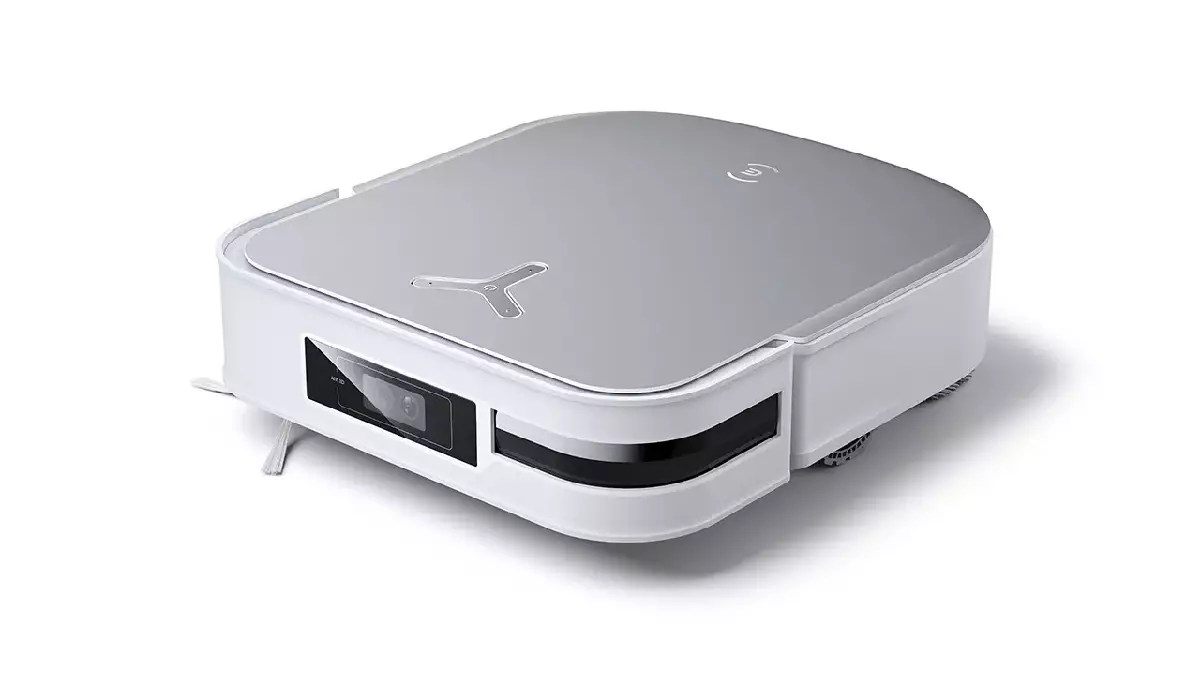The integration of smart technology into our lives has transformed the way we manage our homes. From smart thermostats that learn our heating habits to advanced robovacuum cleaners that claim to provide hands-free convenience, these devices appear to enhance our quality of life. However, recent revelations about the security vulnerabilities of these products highlight an alarming truth: the convenience of smart technology may come at an unexpected cost—our security and privacy.
The Disturbing Incidents with Smart Vacuums
A series of shocking incidents involving the Ecovacs Deebot X2 robovacuum has raised questions about the safety of smart home devices. The example of Daniel Swenson, a Minnesota attorney whose robovacuum unexpectedly began broadcasting racist slurs, serves as a disturbing case in point. This incident drew national attention and showcased how easily hackers could exploit vulnerabilities in smart devices. Despite changing his account password, Swenson reportedly found the robovacuum was still capable of operating independently, creating a nightmare scenario that forced him to isolate the device in a garage for safety.
Such occurrences are not isolated to a single user. Reports from other individuals across the United States reveal that many have faced similar issues with their Ecovacs units, leading to silent homes being interrupted by the offensive outbursts of hacked machines. This trend illustrates a growing concern regarding the susceptibility of smart devices to external cyber-attacks, leaving users profoundly uneasy in what should be a secure domestic environment.
Ecovacs’s devices, specifically the Deebot X2 series, have been flagged for possessing a range of security vulnerabilities. Security researchers brought these flaws to the company’s attention as early as December 2023, yet many customers reported receiving no communication about the potential risks associated with their products. This lack of transparency raises fundamental questions: How proactive are companies in safeguarding their customers? And how accountable are they when issues arise?
The reported ability of hackers to compromise the Bluetooth systems of these devices amplifies concerns about their deployment in everyday spaces. An investigation by ABC News demonstrated that a device could be infiltrated from over 100 meters away, leading to unauthorized access to the microphone and camera functionalities. This highlights a critical oversight in current protocols for securing smart appliances. While companies like Ecovacs assure users that such attacks are rare and require specialized tools, the reality of successful breaches indicates a stark disconnect between marketing promises and user experiences.
In response to growing outrage, Ecovacs announced plans for a software update to address these vulnerabilities, with promises of enhancement due in November. However, amid rising concerns, many users have found these assurances insufficient. The company’s communication strategy has left much to be desired, and as customers await fixes, their trust in smart home technologies hangs in the balance. Notably, the suggestion from Ecovacs that the average user need not worry excessively raises eyebrows, particularly in light of real-life testimonials from individuals impacted by these hacking incidents.
Additionally, their acknowledgment of “credential stuffing” attacks as a potential cause for compromised accounts fails to fully address the root of the issue. If the primary exploitation point is accessible via Bluetooth—suggesting a need for physical proximity—this could serve as a major loophole that allows hackers to bypass standard security measures.
As reliance on smart home technology and devices continues to rise, so too must caution around the safety and security they promise. The incidents surrounding Ecovacs’ robovacuum should serve as a wake-up call for both consumers and manufacturers. It isn’t enough to put out a pacifying statement; manufacturers must prioritize consumer safety, take proactive measures against vulnerabilities, and cultivate trust through transparent communication strategies.
Ultimately, the tantalizing promise of smart home devices must be weighed against the risks they pose. Until companies elevate their commitment to security, many consumers may find their enthusiasm for smart living undermined by fear—and many will think twice before adding any smart devices to their wish lists.


Leave a Reply